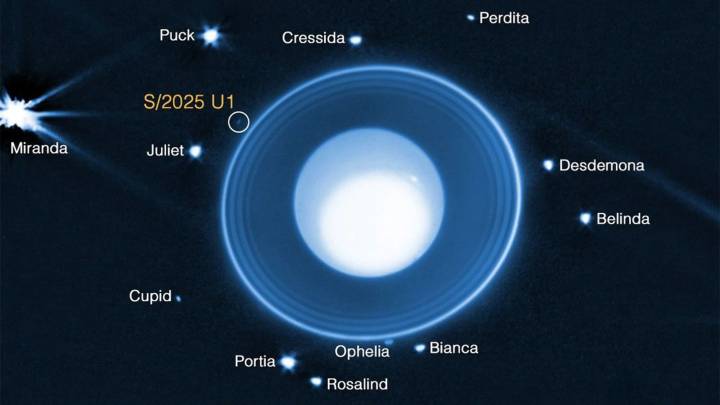There’s a new moon on the block.
A research team peering into unexplored corners of space revealed this week that our solar system harbors a secret moon, tucked away near Uranus.
The moon was discovered by a research team using NASA’s James Webb Space Telescope, the successor to the Hubble Space Telescope. Like Hubble, the James Webb Space telescope was designed to snap images of deep space, helping scientists pursue some of the universe’s enduring mysteries.
The new moon was discovered in a set of 40-minute long exposure images taken by JWST’s near-infrared camera, which allows it to image fainter and more distant objects than Hubble. While JWST’s main mission is to explore the origins of the universe and the formation of the earliest galaxies, its sensitive cameras make many other kin

 Fast Company
Fast Company

 FOX Weather
FOX Weather Scientific American Health
Scientific American Health 9WSYR
9WSYR